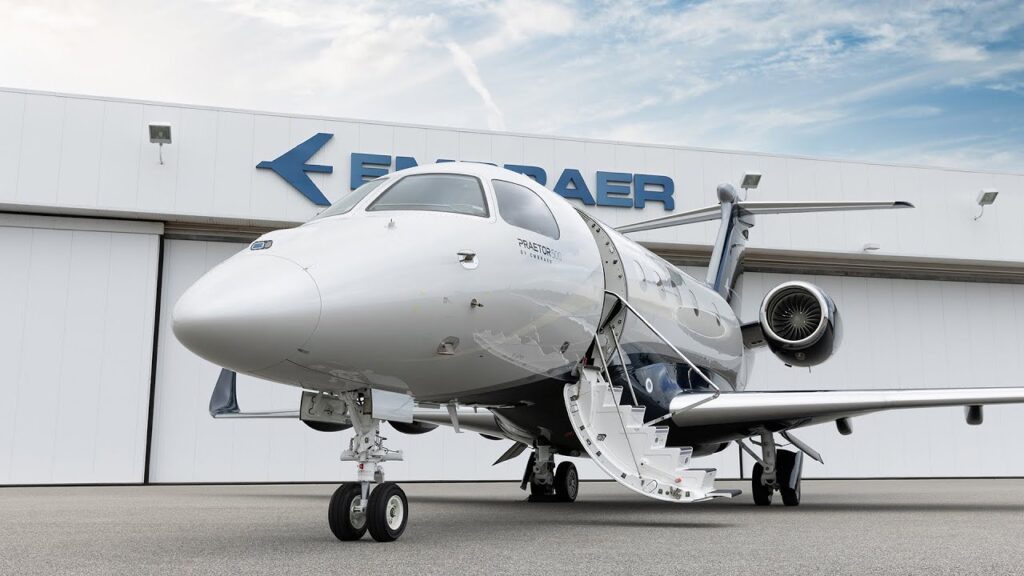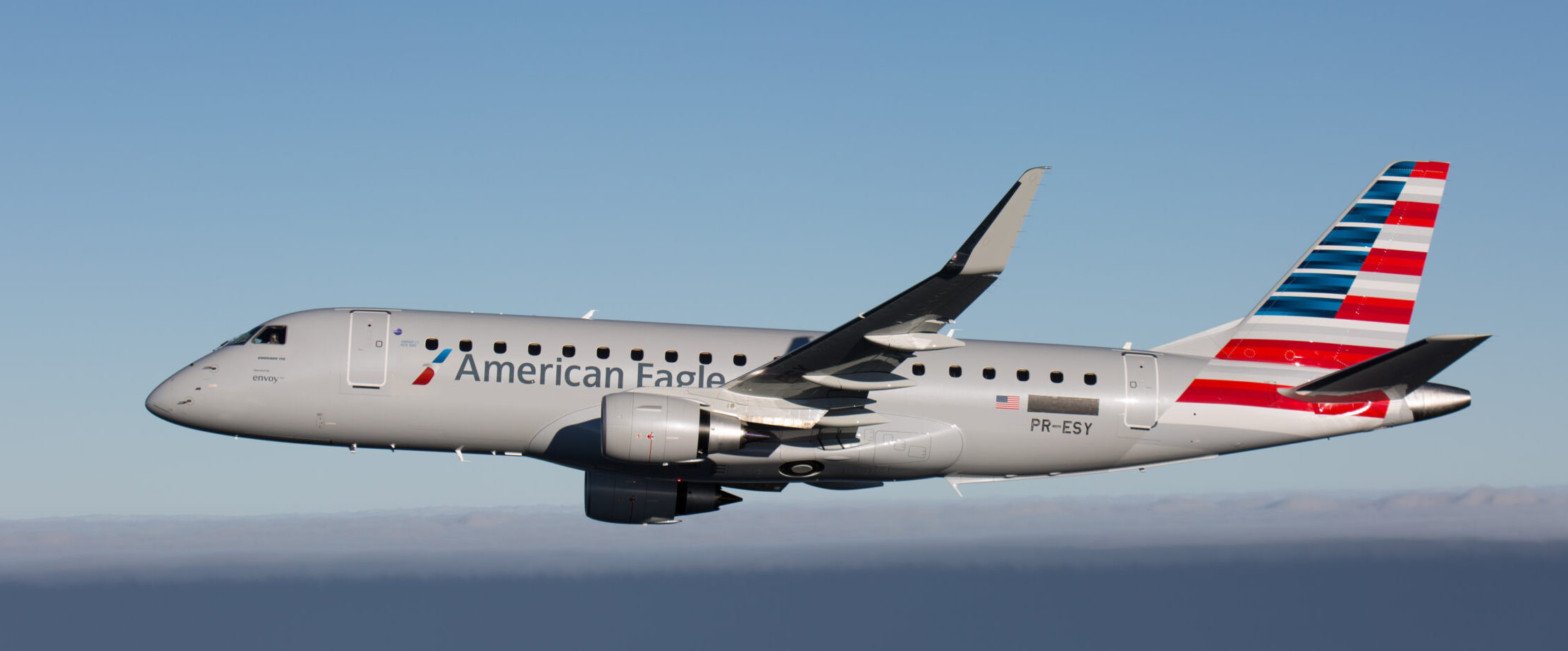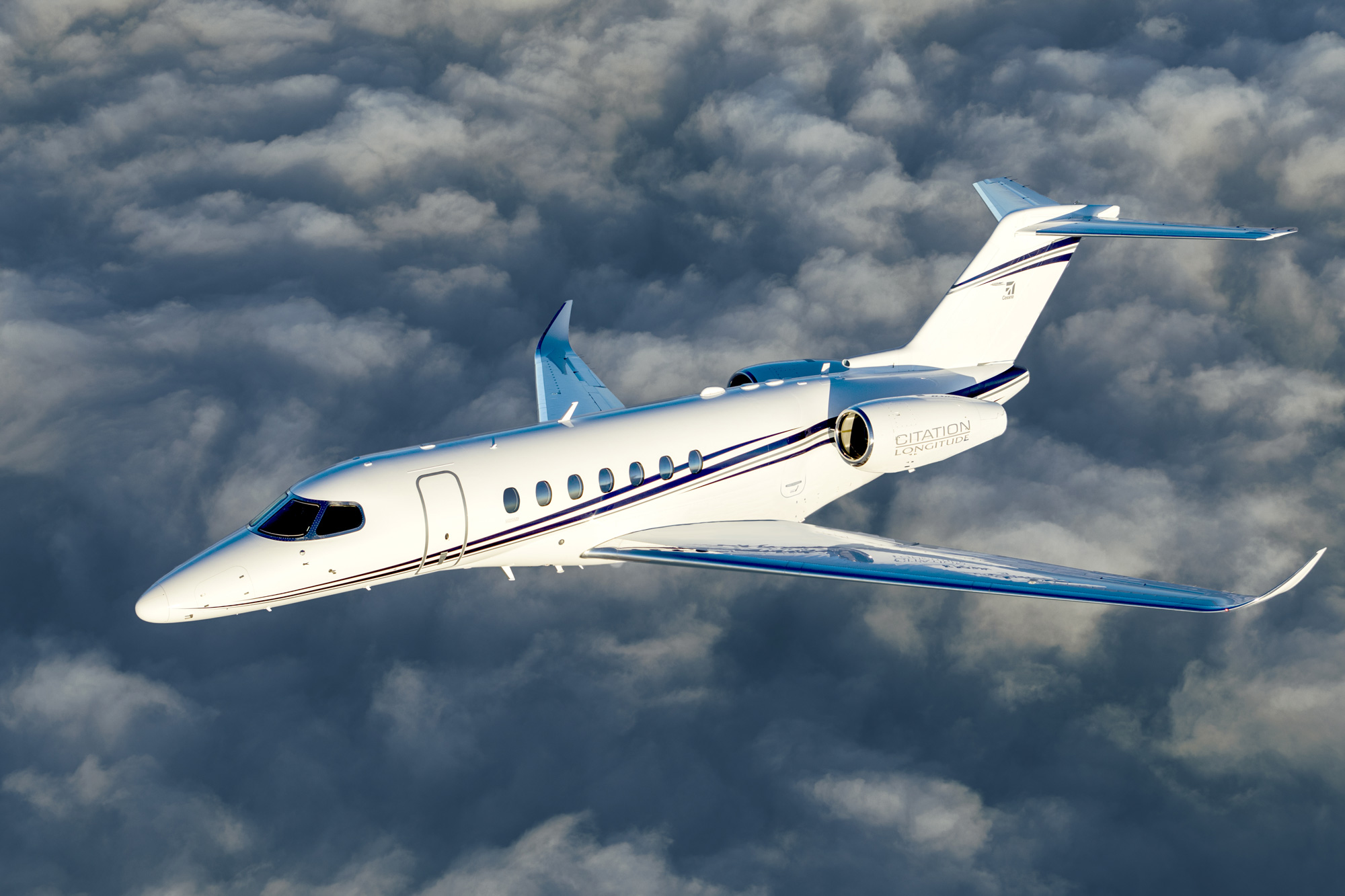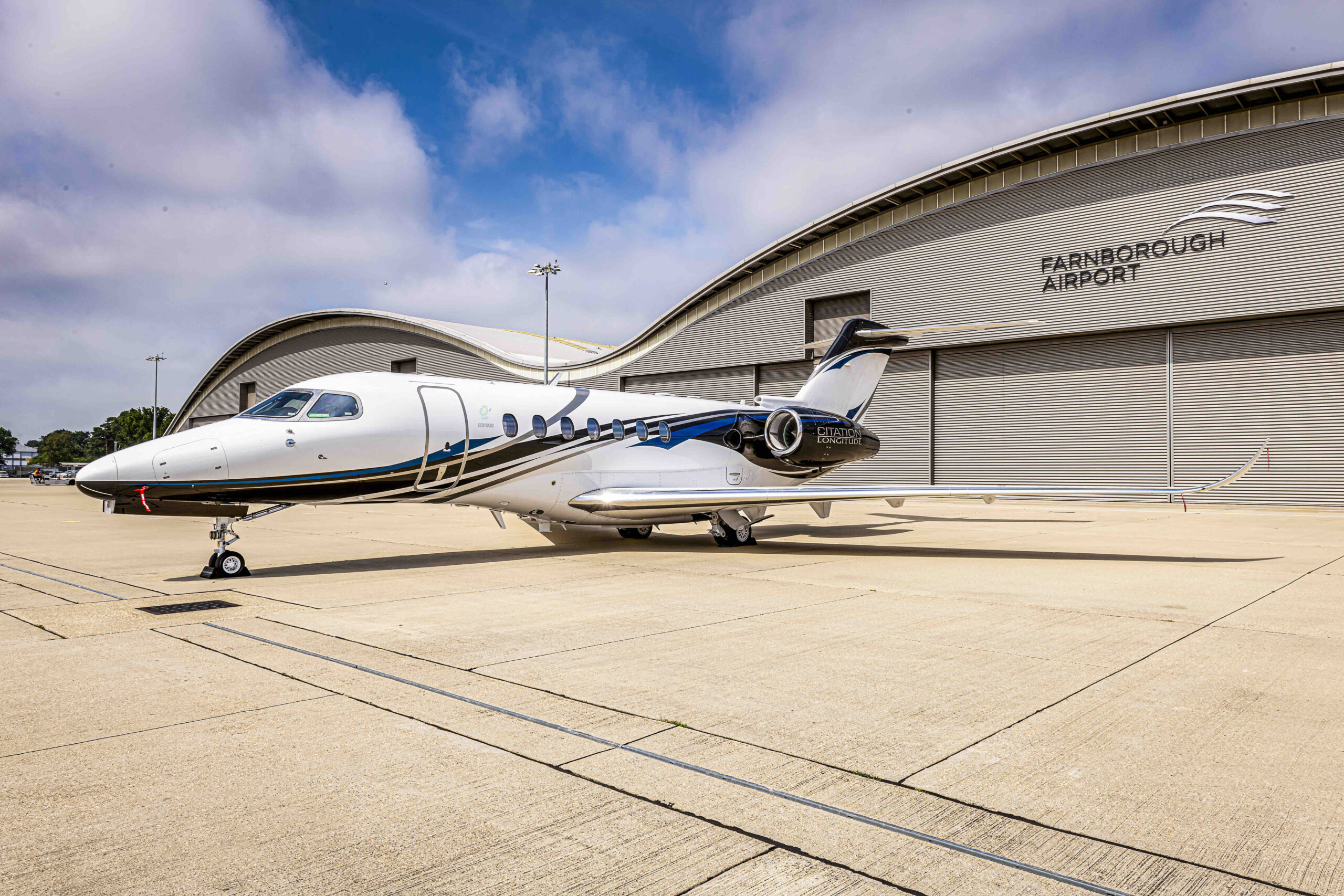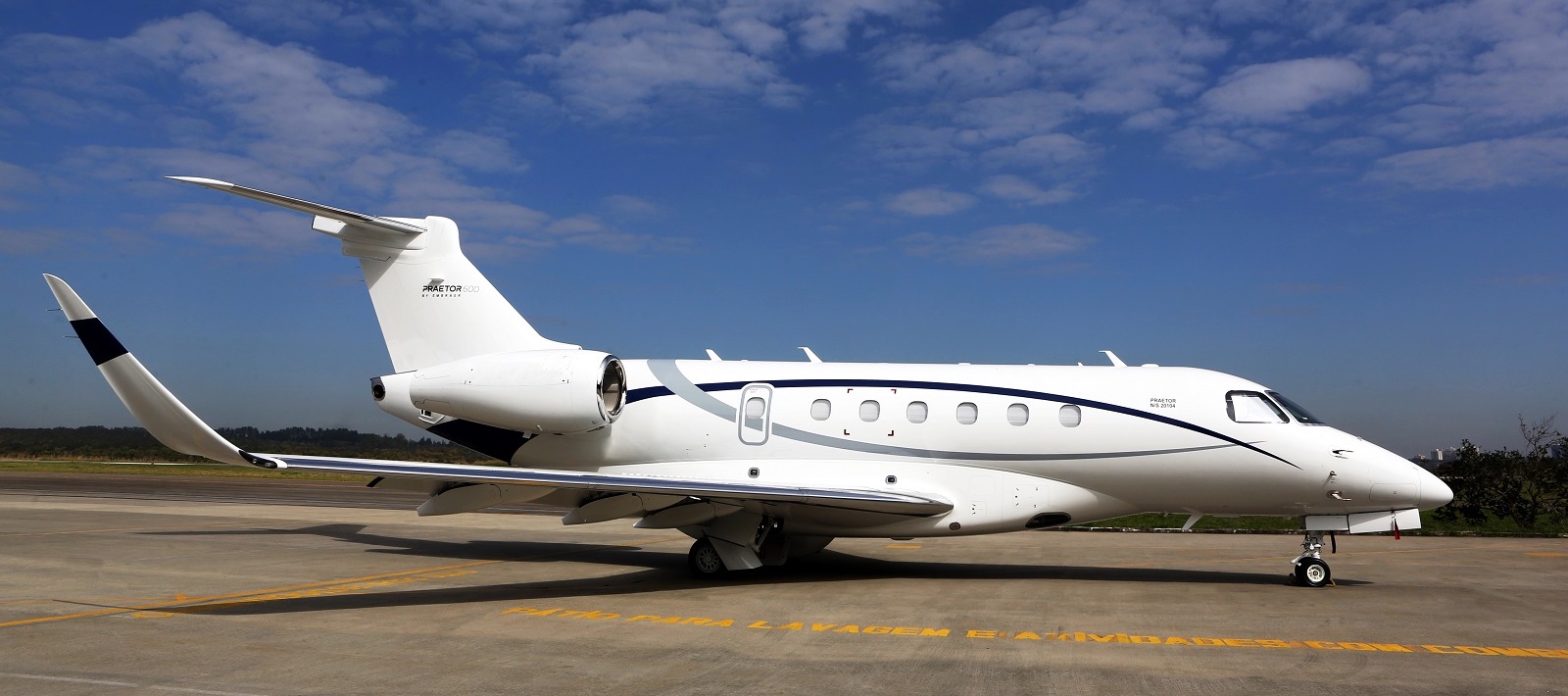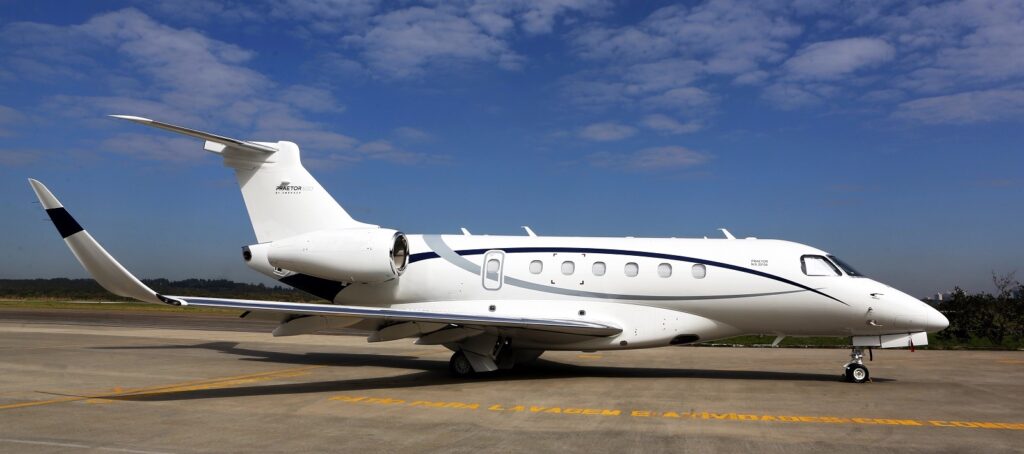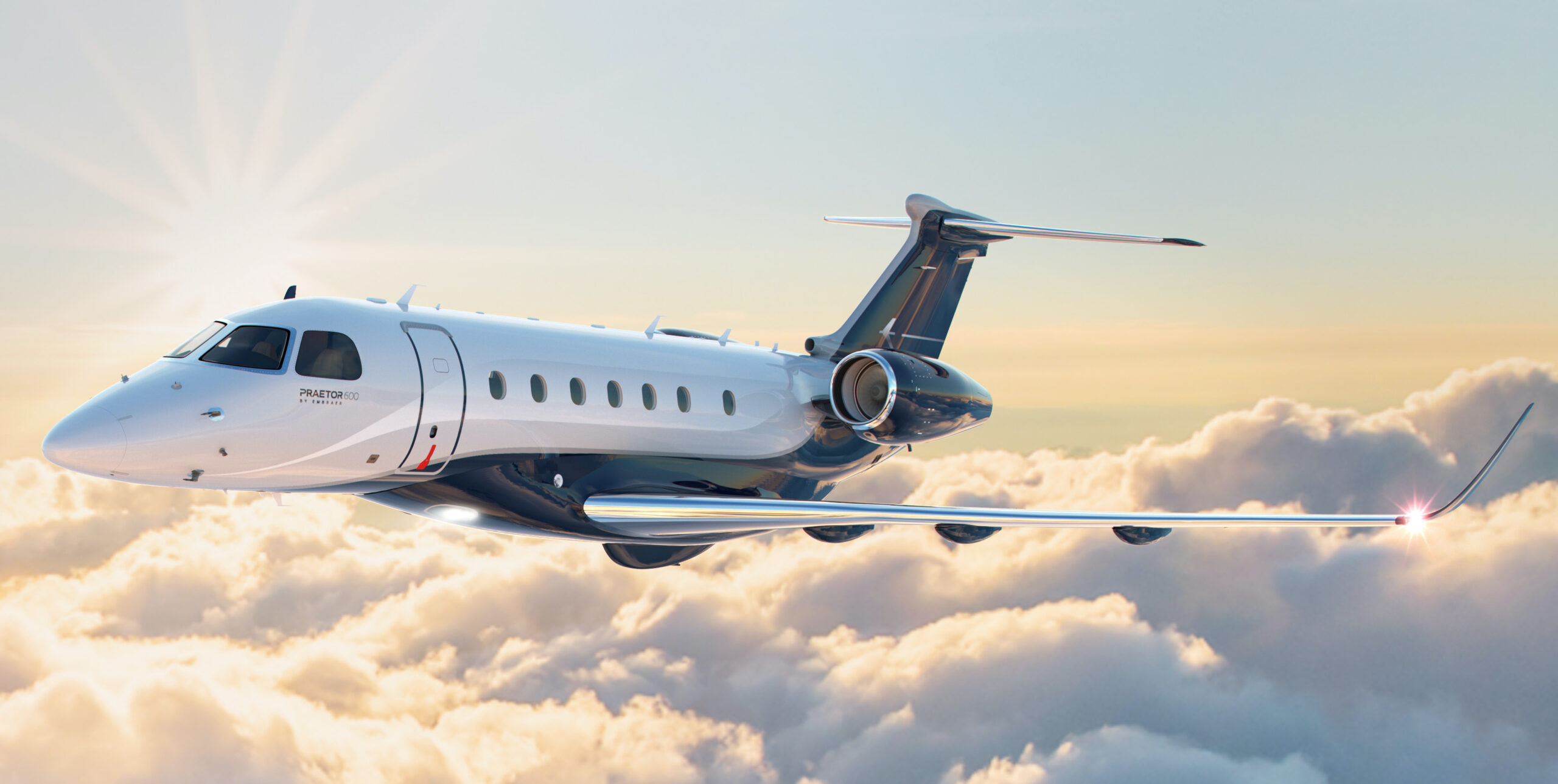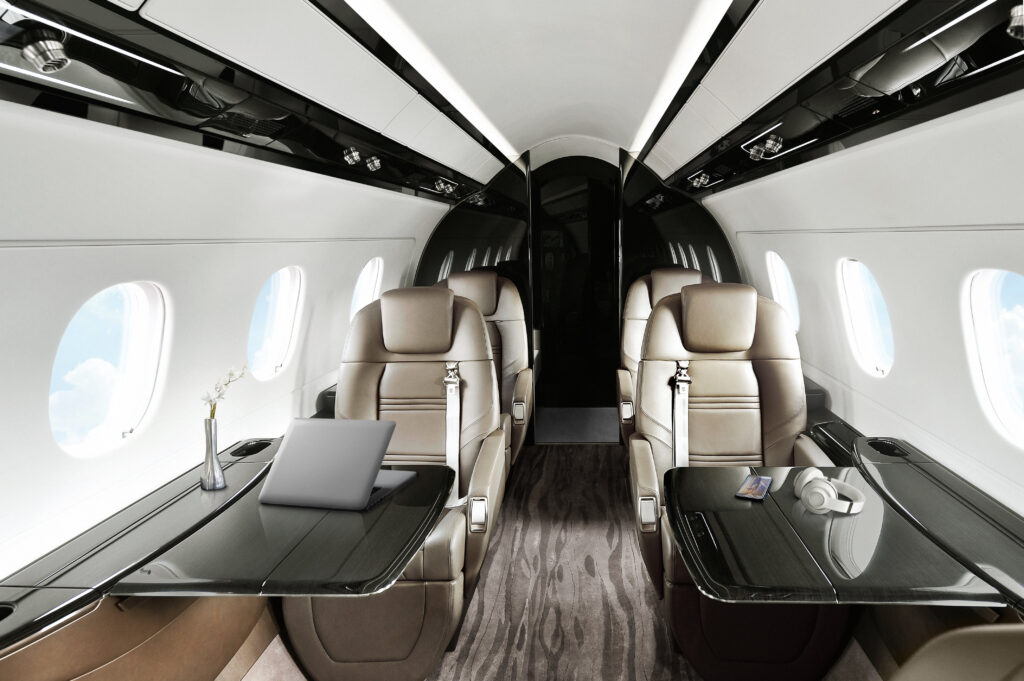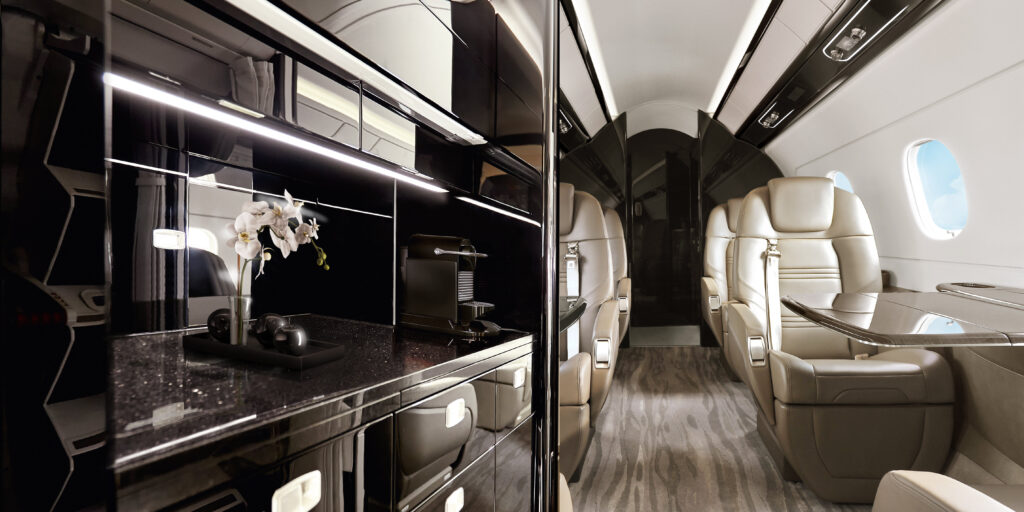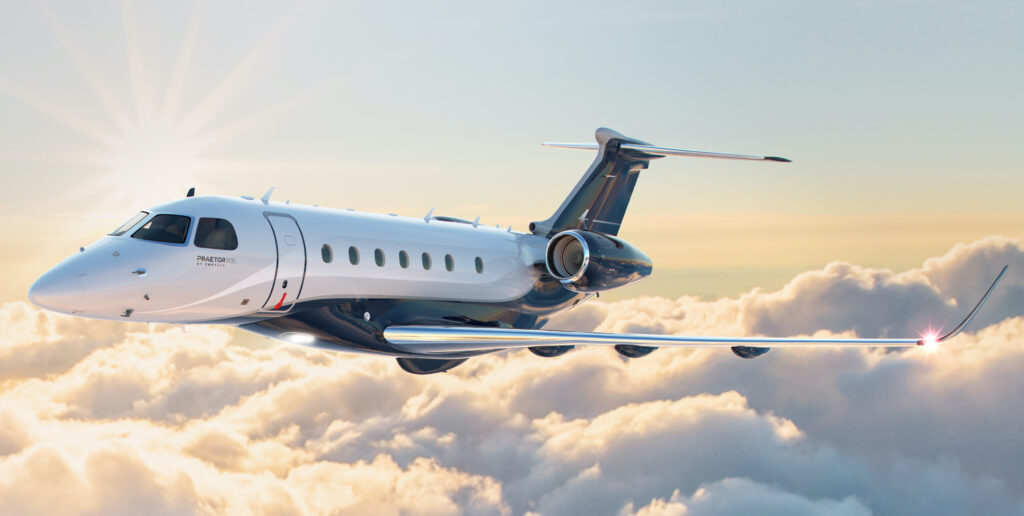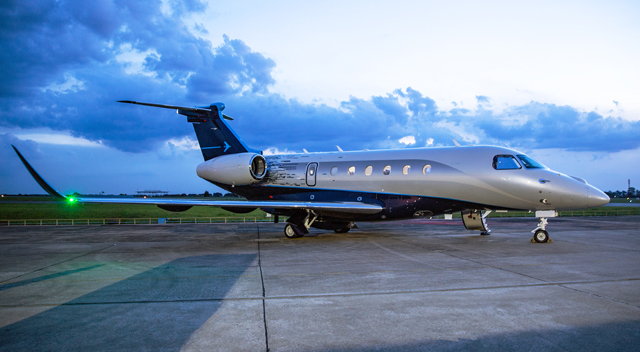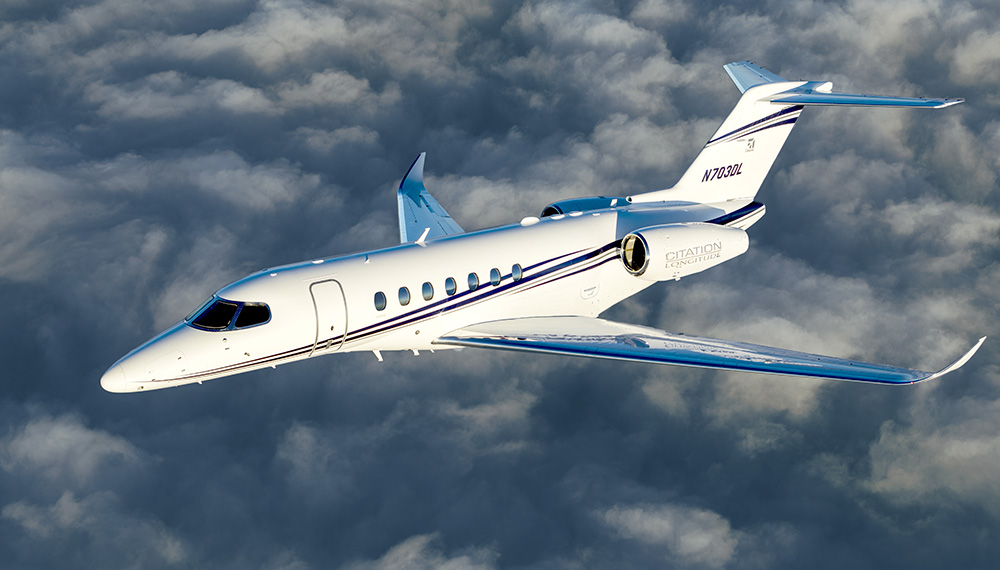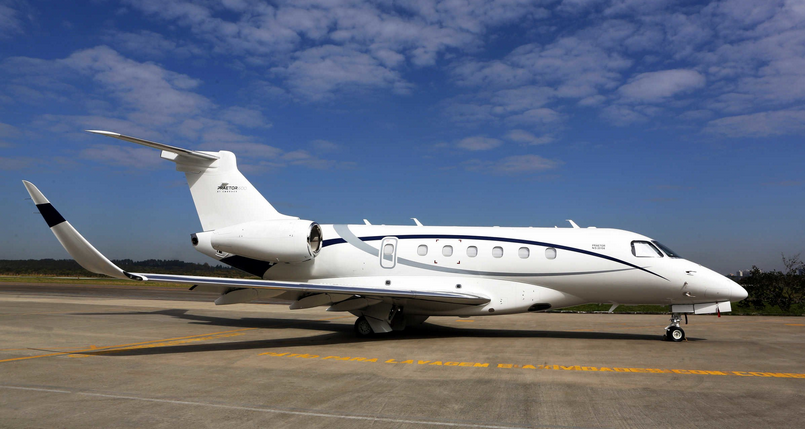Sao Jose dos Campos, Brazil, August 3, 2023 – Embraer (NYSE: ERJ) delivered a total of 47 jets in the second quarter of 2023, of which 17 were commercial aircraft and 30 were executive jets (19 light jets and 11 midsize jets). During the year, the company delivered a total of 62 aircraft (24 commercial and 38 executive). The second quarter deliveries were 47% higher than in the same period from 2022. In the first half of 2023, the volume has increased 35% compared to 2022, when 46 jets have been delivered. Compared to the second quarter of 2022, deliveries volume increased by 55% in Commercial Aviation and 43% in Executive Jets. The firm order backlog ended the period at US$ 17.3 billion.
In Commercial Aviation, American Airlines signed a firm order with Embraer for seven new E175’s. The aircraft will be operated by the subsidiary Envoy Air. With deliveries to begin 4Q23, Envoy’s fleet of E-Jets will grow to over 141 aircraft by the end of 2024. Embraer also received a firm order from Binter for six E195-E2’s, which will bring Binter’s E2 fleet to 16 jets when deliveries are completed. Four E175’s also began operations with Star Air, an Indian airline that already operates E-Jets. Star Air has also extended its Pool Program contract to include the E175’s in its fleet
Malaysia’s SKS Airways closed an agreement to add ten E195-E2 jets to its fleet. In addition, SKS joined the Pool Program to support aircraft to be operated in Southeast Asia. Scoot, a low-cost subsidiary of Singapore Airlines, is also adding nine E190-E2’s to its portfolio. And Royal Jordanian Airlines reached an agreement to introduce eight E190-E2 and E195-E2 jets into its operations, with deliveries starting in the 4Q23. All three agreements involved contracts with the leasing company Azorra.
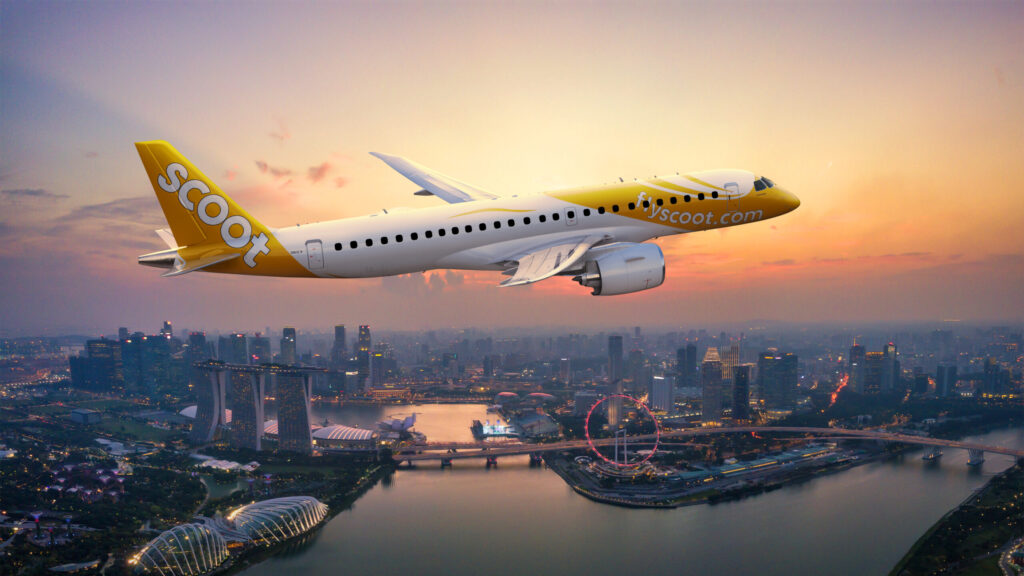
In Executive Aviation, NetJets signed a contract with Embraer for the acquisition of up to 250 Praetor 500 jet options. The deal is valued at more than US$ 5 billion, and deliveries are expected to begin in 2025.
